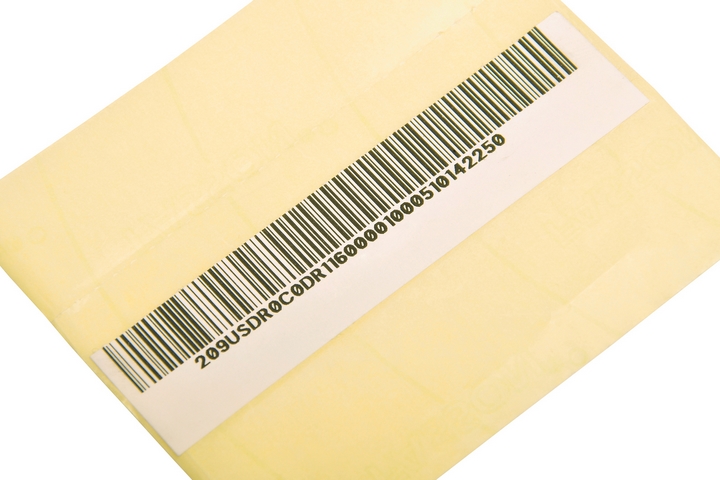Working with an accountant or investing in an advanced payroll system are usually the best choices for how to process payroll. There are endless tax-related and administrative responsibilities that can make it feel like a dreary chore. You’re better off spending time focusing on growing your business than processing payroll.
Depending on the size of a business, processing payroll can be very complicated. If you’re determined to do it on your own, follow these nine steps on how to process payroll:
1. Establish Your Business Number

The first step in how to process payroll is establishing your business number and opening a payroll account. The government uses these identifications to track the payroll taxes of a business and ensure it meets the relevant requirements.
If you don’t know about or don’t have business number or payroll account, visit the CRA website to set things up.
2. Collect Employee Tax Information

After establishing the initial steps, the next step of how to process payroll is to collect any relevant employee tax information. To do this, have your employees fill out tax forms such as TD1s. Use these forms to account for allowances and other tax details.
Depending on where you run the main operations of your business, there are various local and provincial forms you are required to provide. For contract-based employees, use T4As.
3. Classify Employees

Workers are typically classified as employees or self-employed individuals. For employees, you then have to classify them as full time, part time, hourly or salaried as well. Understanding the difference will determine how you handle overtime for each group, withhold and pay taxes, and report income.
Self-employed individuals or independent contractors, on the other hand, are usually hired to help with specific time-based projects. For these workers, you do not have to process payroll.
4. Choose a Payroll Schedule

Once you have the relevant legal and tax information to set up payroll, choose a schedule that best applies to your business. The four main schedules are weekly, biweekly, semi-monthly and monthly. Before settling on a schedule for your business, make sure you understand the full breakdown of each one.
Once you choose your preferred schedule, set up a calendar to indicate the paydays and take note of dates when you will be required to begin processing payroll for your employees. It’s important that they receive their pay on a predetermined date. Incorporate holidays, annual tax fillings and important quarterly tax dates.
Remember, you will be required to do this at the beginning of every year. You’ll also need to establish a pay delivery method for each employee. Most businesses offer either direct deposits or paper cheques. However, it’s also possible to process payroll with EFTs or e-transfers, as well as other alternative payment methods of your choosing.
5. Calculate Gross Pay

After setting a work and payroll schedule, begin processing your first payroll. Calculate each employee’s gross pay by taking the total number of hours an employee has worked in a given period and multiply it by their hourly rate. Remember to factor overtime in your computation.
According to federal law, extra time is paid out at a higher rate. If you have an hourly worker putting in more than forty hours per week, you may be required to pay them one-and-a-half times the hourly wage.
6. Determine Each Employee’s Deductions

Gather information on your workers’ insurance requirements, federal requirements, TD1s, and benefits requirements to calculate an employee’s total deductions. Each province is different, and they all take different taxes from small businesses. Make sure you have researched your region’s policies before completing this step.
You’ll definitely want to consider local and federal taxes, benefits, employment insurance, and Canada pension plan premiums.
7. Calculate Net Pay and Pay Your Employees

To calculate net or take-home pay, take the gross pay for each employee and subtract the relevant deductions. Once you compute each employee’s net pay, pay them on the scheduled payday using your delivery method of choice.
You’ll also want to ensure you give them a pay stub, which details all your calculations, including gross pay, hours worked, deductions, and more.
8. Keep Payroll Records

As you learn how to process payroll, keep records of your transactions for future tax and compliance purposes. Where an employee disputes their pay or the CRA demands for some kind of documentation, it’s important to have your payroll records at hand.
Maintaining good records is important. It helps when sorting out issues concerning payment, which may arise in the future.
9. Other Considerations

Remember to file your payroll remittances on the scheduled pre-determined by the Canada Revenue Agency. To understand how payroll taxes fit into your operations, consult an accountant.
Working with a professional, or using a payroll system, means handing over this responsibility to a stranger. While this may be a bit scary at times, a payroll consultant or a qualified accountant will make sure your business complies with all necessary laws.
